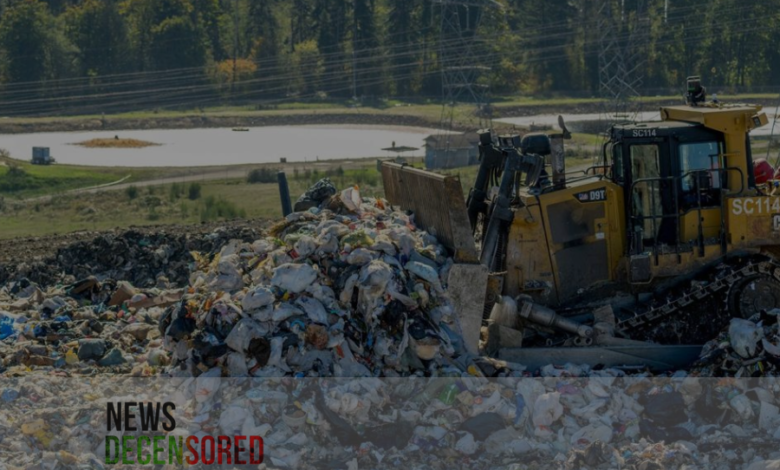Climate Nightmare: Landfills in the US are producing potent climate-warming gasses

New research sheds light on a concerning reality – landfills in the United States are emitting significantly more methane gas than previously thought. This invisible, odorless gas packs a powerful punch, contributing roughly 20% of global human-caused methane emissions and having over 80 times the warming potential of carbon dioxide in the near term.
The study, published in the journal Science, stands out for its methodology. It involved scientists flying over 200 landfills across 18 states from 2018 to 2022, marking the largest measurement-based survey of American landfills conducted to date.
The findings are stark. Current reporting systems, such as the Environmental Protection Agency’s Greenhouse Gas Reporting Program (GHGRP), significantly underestimate methane emissions from landfills. The study revealed average emission rates to be 1.4 times higher than those reported to the GHGRP.
This discrepancy stems from limitations in existing measurement practices. Federally mandated regulations require landfills to conduct ground-level surveys using handheld sensors four times a year. However, these surveys often miss crucial data points. Areas deemed unsafe to access, such as steep slopes or active dumping zones, are frequently bypassed.
The new study employed a far more comprehensive approach, utilizing airborne imaging spectrometers mounted on aircraft. This technology has the capability to detect methane plumes at landfills, providing a more accurate and complete picture of emissions.
The research team’s findings demonstrate the effectiveness of airborne monitoring. Methane plumes were identified at over half (52%) of the surveyed landfills, a rate exceeding detection rates observed in similar airborne studies conducted for the oil and gas industry.
Another concerning aspect highlighted by the study is the persistence of methane emissions from landfills. Unlike methane released from oil and gas production, which tends to be short-lived, landfill emissions display remarkable longevity. Researchers observed methane plumes lasting for months, even years, after initial detection.
These findings underscore the urgent need to address methane emissions from landfills. While the oil and gas industry remains a primary target for methane reduction policies in the US, this study compels us to turn our attention to landfills as well.
Rob Jackson, a Stanford University professor of environmental science, emphasizes this point. “Landfills are super-emitters,” he remarked. “Airborne data such as these verify what we’ve been seeing on the ground for decades.”
The problem of landfills is not one that will vanish anytime soon. Human waste generation is a reality that will persist even in a future powered by clean energy sources. Therefore, effective waste management strategies that minimize methane emissions are crucial.
The study’s authors advocate for the rapid reduction of methane emissions from landfills, highlighting it as a potent strategy for mitigating climate change in the short term. Given the powerful greenhouse gas properties of methane, this research provides a compelling case for including landfills alongside the oil and gas industry in future methane reduction efforts.




